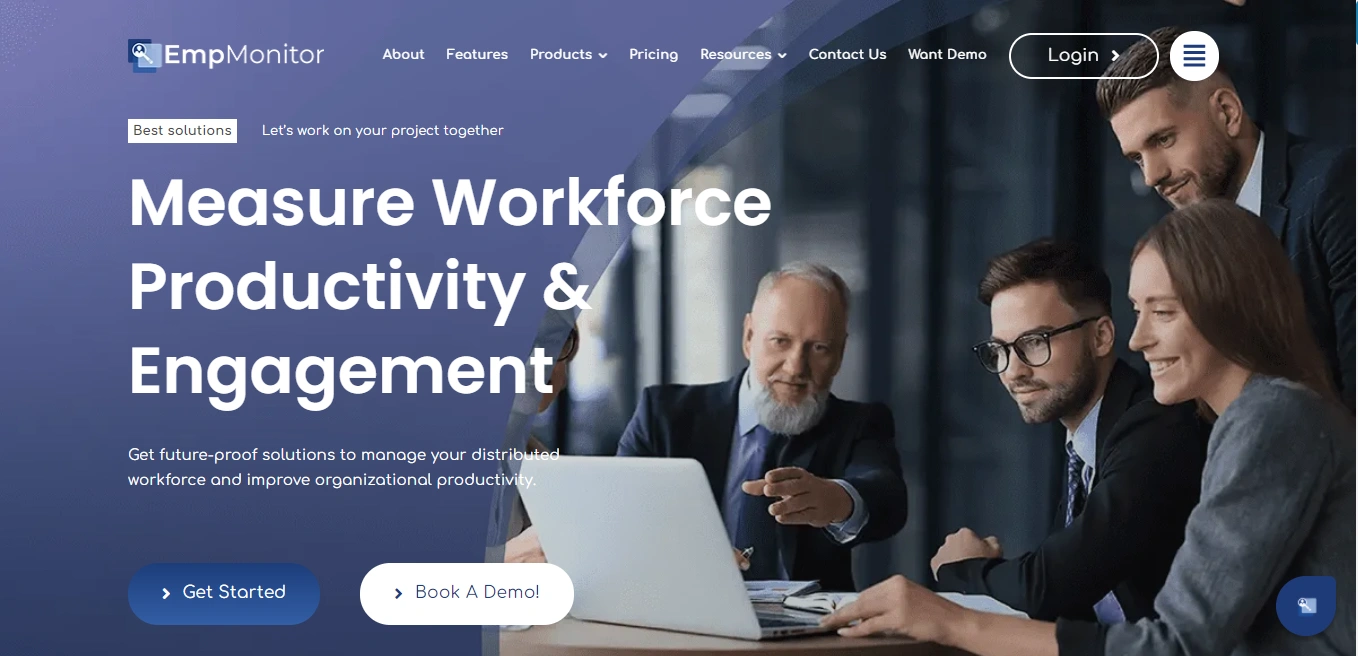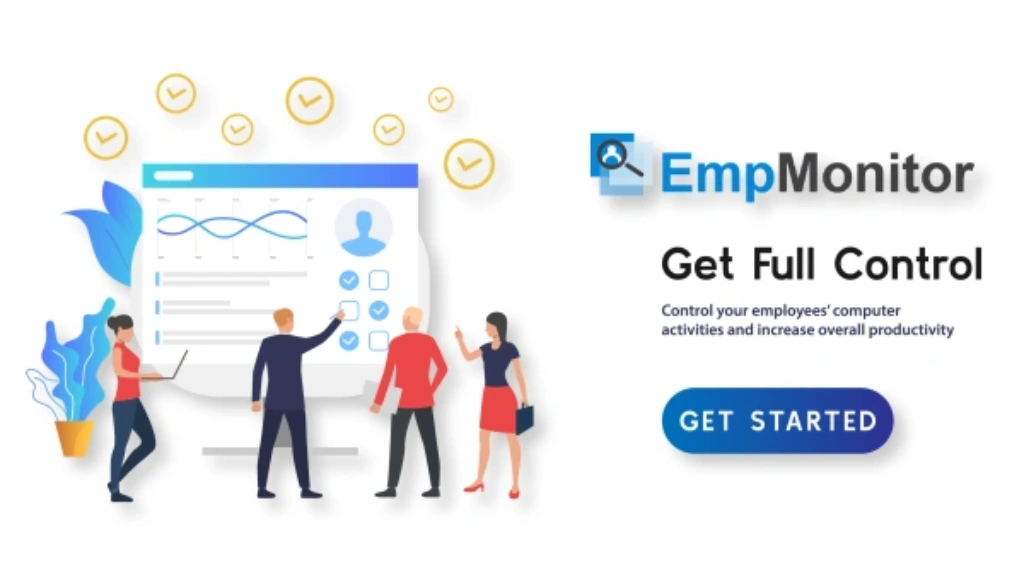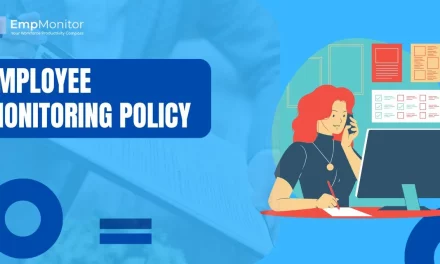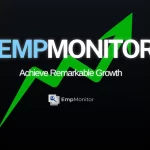Every thriving organization knows that success isn’t merely a matter of strategy or resources—it’s driven by people who bring their unique talents to the table. Picture a workplace where each employee is tapped into what they do best, feeling energized rather than drained by daily tasks. By focusing on strengths in the workplace, companies spark a culture of engagement and purpose that fuels growth. This article will guide you through defining these strengths, spotting when they go unnoticed, and unlocking practical ways to develop them.
Ready to see how you can transform your team’s potential into tangible results? Let’s dive in and explore why strengths in the workplace are your most valuable resource.
In the post, we’ll clarify exactly what we mean by strengths and why understanding them is the cornerstone of lasting success.
In a hurry? Listen to the blog instead!
What Are Strengths In The Workplace?

Think of strengths as the fuel that powers individual contributions. Just as a sports team thrives when players occupy positions suited to their abilities, an organization flourishes when staff engage in work that leverages their innate gifts. By appreciating these differences, businesses can build teams where each member’s strengths blend into a high-impact whole.
Before we look at why identifying strengths matters so much, let’s examine the concrete benefits companies reap when they center their strategy around strengths in the workplace.
Why It’s Essential To Identify Employee Strengths?
Organizations that invest in strengths in the workplace don’t just talk about better performance—they deliver it. Research shows that companies driven by employees’ natural talents see a 14–29% rise in profit and a 72% drop in turnover. When individuals repeatedly use their strengths, they feel more engaged and energized, leading to higher productivity and innovation.
Moreover, aligning roles with personal strengths reduces burnout. Employees who spend their days tackling challenges they’re good at report greater job satisfaction and lower stress levels. A strengths-focused environment also fosters collaboration, as teammates recognize and celebrate each other’s abilities.
Having explored the “why,” it’s time to spot the warning signs. In the next section, we’ll uncover subtle indicators that your organization may be missing out on critical strengths in the workplace.
Signs You’re Overlooking Strengths In The Workplace

Low Initiative Despite High Potential
If talented individuals hesitate to volunteer ideas or lead projects, they might be stuck in roles that don’t tap into their gifts.
Frequent Burnout Among Top Performers
When those who excel show signs of exhaustion, it’s often because they spend too much time on tasks that don’t play to their strengths.
Lack of Innovation
Teams that hesitate to experiment or propose solutions may be constrained by roles that limit their creative capabilities.
High Turnover in Specific Roles
Recurring departures from certain departments can indicate a mismatch between job demands and individual talents.
If any of these patterns sound familiar, it’s a signal to refocus your efforts on cultivating strengths in the workplace. Next, let’s explore proven methods to uncover what each team member does best.
How To Discover Strengths In The Workplace?
Unearthing employee strengths takes intentional effort. Here are four modern approaches:
Daily Observation and Reflection
Regularly review how employees tackle challenges. Note who thrives under pressure, who excels in one-on-one interactions, and who brings fresh perspectives to brainstorms.
Data-Driven Insights
With tools like EmpMonitor, you can analyze work patterns—project completion rates, collaboration metrics, even time spent on specific tasks—to detect consistent strengths in the workplace.
Structured Feedback Loops
Combine 360-degree reviews with peer-to-peer feedback. This holistic view highlights strengths colleagues rely on and admire.
Self-Discovery Exercises
Encourage team members to journal about peak experiences—moments they felt energized and accomplished. These narratives often reveal hidden strengths.
By blending these tactics, you create a clear map of individual talents. Up next: a comprehensive look at the 20 most impactful strengths and how to nurture each one.
20 Key Strengths In The Workplace And Ways To Build Them

1. Adaptability
What it is:
Adaptability is the capacity to adjust quickly to new conditions, challenges, or changes in the workplace. This means staying flexible when priorities shift, learning new skills when needed, and responding calmly under pressure.
Why it matters: In fast-paced or uncertain environments, adaptable employees help teams stay agile and resilient.
How to build it:
- Project Rotation: Let employees experience different roles or tasks to develop versatility.
- Change-Management Stories: In meetings, discuss how the team adapted successfully to a sudden change, such as a system shift or organizational restructuring.
- Encourage Feedback: Ask for input on how changes are handled and what could be improved.
2. Communication
What it is:
Effective communication involves clearly expressing your thoughts, actively listening to others, and choosing the right tone and medium for your message.
Why it matters: Miscommunication causes delays, confusion, and conflict. Great communication builds trust and keeps everyone aligned.
How to build it:
- Loud and Clear Sessions: Host short team meetings where members practice presenting key updates.
- Feedback Loops: Encourage team members to give and receive feedback constructively after each presentation or discussion.
- Written and Verbal Practice: Alternate between emails, presentations, and casual check-ins to sharpen all formats.
3. Problem-Solving
What it is:
Problem-solving is the ability to analyze complex situations, identify root causes, and develop effective, creative solutions.
Why it matters: Teams that solve problems quickly and efficiently improve workflows and reduce risk.
How to build it:
- Case Study Workshops: Use real or hypothetical challenges to walk through the process of problem identification, brainstorming, and solution testing.
- Collaborative Labs: Create a safe space for teams to try out experimental ideas or approaches to stubborn issues.
4. Leadership
What it is:
Leadership is about influencing, guiding, and supporting others to work toward shared goals. It’s not limited to job titles—it’s a mindset.
Why it matters: Strong leadership drives performance, morale, and a culture of accountability.
How to build it:
- Co-Chair Meetings: Let team members lead team meetings or client calls to build confidence.
- Leadership Coaching: Offer brief workshops or one-on-one sessions on topics like emotional intelligence, communication, and decision-making.
5. Teamwork
What it is:
Teamwork is collaborating respectfully and productively with diverse people to achieve common goals.
Why it matters: Great teamwork results in faster problem-solving, shared knowledge, and stronger morale.
How to build it:
- Cross-Functional Projects: Mix employees from different departments to work on time-bound goals.
- Debrief Sessions: After projects, reflect on what worked and what could be improved from a collaboration standpoint.
6. Creativity
What it is:
Creativity is the ability to think outside the box, explore new ideas, and propose unconventional solutions.
Why it matters: In today’s innovation-driven market, fresh ideas fuel growth, differentiation, and efficiency.
How to build it:
- Blue Sky Thinking Sessions: Allow employees to dream up radical ideas without constraints.
- Hack Days: Dedicate a day each quarter for employees to explore pet projects or solve company problems creatively.
7. Work Ethic
What it is:
Work ethic is the inner drive to do tasks well, be reliable, and maintain high standards, even without supervision.
Why it matters: Strong work ethic drives performance and sets a standard for excellence.
How to build it:
- Commitment Corner: Highlight employees who consistently show dedication.
- Peer Nomination: Let team members recognize their coworkers for outstanding effort.
8. Emotional Intelligence
What it is:
Emotional intelligence (EQ) is the ability to recognize, understand, and manage emotions—your own and others’.
Why it matters: High EQ builds stronger relationships, diffuses conflict, and boosts leadership.
How to build it:
- Empathy Exercises: Spend 5 minutes in team standups practicing perspective-taking.
- EQ Training Modules: Offer short sessions on self-awareness, empathy, and social skills.
9. Technical Expertise
What it is:
This refers to deep knowledge of tools, platforms, and technical subjects relevant to one’s role or industry.
Why it matters: It allows teams to execute tasks efficiently and innovate with confidence.
How to build it:
- Stipends for Courses: Support professional development through external courses.
- Teach-Back Sessions: Encourage employees to teach what they’ve learned to others.
10. Decision-Making
What it is:
Good decision-making means evaluating options, considering risks, and choosing the best course of action quickly and wisely.
Why it matters: Poor decisions slow progress and increase risk. Effective decisions keep momentum going.
How to build it:
- Scenario Drills: Simulate time-sensitive decisions and have teams choose a course of action.
- Post-Mortem Reviews: After key decisions, review outcomes and learn from the process.
11. Customer Focus
What it is:
Customer focus means putting the needs of customers or stakeholders at the center of your work.
Why it matters: It ensures high satisfaction, loyalty, and better products or services.
How to build it:
- Job Shadowing: Let employees spend a day in customer-facing roles.
- Customer Stories: Share direct feedback from customers in meetings to foster empathy.
12. Time Management
What it is:
Time management involves prioritizing tasks, avoiding distractions, and meeting deadlines.
Why it matters: It ensures work is completed efficiently and reduces stress.
How to build it:
- SMART Goals: Help employees create Specific, Measurable, Achievable, Relevant, and Time-bound objectives.
- Time Blocking: Encourage the use of calendars to allocate time for deep work vs. meetings.
13. Attention to Detail
What it is:
This is the habit of catching small errors and focusing on accuracy and precision.
Why it matters: It helps avoid costly mistakes and builds credibility.
How to build it:
- Peer Review: Set up a second-check system for important work.
- Checklist Culture: Encourage the use of task checklists to catch oversights.
14. Conflict Resolution
What it is:
The ability to manage disagreements constructively and turn them into opportunities for growth.
Why it matters: Poor conflict handling erodes trust and productivity.
How to build it:
- Role-Playing Scenarios: Simulate common workplace conflicts to practice responses.
- Active Listening Training: Teach techniques to fully hear and validate others before responding.
15. Resilience
What it is:
Resilience is the ability to recover from difficulties and keep moving forward with optimism.
Why it matters: Resilient employees maintain morale and performance during tough times.
How to build it:
- Resilience Sharing: Start team huddles with quick stories of overcoming setbacks.
- Stress Support: Offer tools like mindfulness apps, coaching, or workshops.
16. Initiative
What it is:
Taking action before being asked, spotting problems, and proposing improvements.
Why it matters: It fosters innovation and prevents stagnation.
How to build it:
- Idea Boards or Portals: Provide a space where employees can submit ideas.
- Incentives for Action: Recognize and reward proactive behavior.
17. Networking
What it is:
The process of creating and maintaining professional relationships inside and outside the organization.
Why it matters: A strong network opens up opportunities for collaboration, referrals, and insights.
How to build it:
- Industry Events: Encourage attendance at conferences or meetups.
- Internal Connects: Organize regular informal “coffee chats” between departments.
18. Mentoring
What it is:
Providing guidance, support, and knowledge to help others grow professionally.
Why it matters: Mentoring boosts morale, strengthens culture, and supports succession planning.
How to build it:
- Mentorship Programs: Match experienced employees with newer ones and define clear outcomes.
- Recognition: Celebrate mentorship success stories publicly.
19. Accountability
What it is:
Owning your responsibilities and outcomes—good or bad—and being transparent with progress.
Why it matters: Accountability ensures trust and reliability within a team.
How to build it:
- Transparent Goal Tracking: Use tools like dashboards or OKRs.
- Regular Check-ins: Managers should hold quick one-on-ones to track progress and offer support.
20. Growth Mindset
What it is:
Believing that abilities can be developed through effort, feedback, and learning.
Why it matters: Encourages continuous improvement and adaptability in a fast-changing environment.
How to build it:
- Learning Stipends: Fund courses or certifications.
- Celebrate Progress: Acknowledge even small learning wins to reinforce a positive attitude toward growth.
Read More
How To Identify & Leverage Employee Strengths In The Workplace?
Qualities Of Good Employees: How Can You Notice Unicorn Employees Of Your Organization?
How Modern Businesses Are Rethinking Strengths Management?
While this list covers a wide spectrum, focusing on the 3 key strengths in the workplace—communication, adaptability, and problem‑solving—often offers the quickest boost in performance. Finally, leaders who track progress closely will find illuminating examples of leveraging strengths in the workplace, such as pairing a great communicator with a data‑driven analyst to tackle complex projects.
This deep dive arms you with clear actions to cultivate each strength. Next, we’ll see how forward‑thinking businesses integrate these insights seamlessly into their culture.
Forward-looking organizations are moving away from rigid job descriptions and embracing flexible role design that adapts to individual talents. By focusing on employees’ unique strengths, they create opportunities for better engagement, innovation, and collaboration. Advanced analytics now make it possible to spot performance patterns early, helping managers identify emerging contributors well before annual reviews.
This shift enables leaders to align projects more effectively with each employee’s strengths in the workplace, fostering motivation and efficiency from day one. To support this approach, tools like EmpMonitor offer valuable insights into work patterns and team dynamics, making it easier for managers to match talent with the right opportunities. In the next section, we’ll take a closer look at how this solution works.
How Can EmpMonitor Help You Leverage Strengths In the Workplace?

Here’s how EmpMonitor helps you make the most of your team’s potential:
Employee Monitoring Software
EmpMonitor provides a complete overview of employee activities, showing where time and effort are spent throughout the day. This advanced employee monitoring software helps uncover natural strengths by analyzing patterns of focus, productivity, and engagement, helping you assign the right tasks to the right people.
Time Tracking
Track active hours, breaks, and idle time in real‑time to understand each employee’s most productive windows. Managers can use these insights to schedule tasks and responsibilities around when individuals perform at their best, boosting efficiency and morale.
User Activity Monitoring
By tracking app usage and website visits, EmpMonitor reveals what kinds of tasks energize employees and where distractions occur. This clarity allows managers to adjust workloads and responsibilities in ways that play to individual strengths, creating more engaged and focused teams.
Employee Management Software
EmpMonitor doubles as an intuitive employee management software, offering actionable reports that help managers align roles and projects with employees’ abilities. This ensures a fair, strengths‑based approach to development and task assignment across the team.
Productivity & Engagement Insights
With real‑time analytics on team productivity and engagement, EmpMonitor highlights overworked or underutilized employees, identifies imbalances, and helps managers distribute tasks that match each person’s unique skills, fostering a culture of recognition and growth.
By integrating EmpMonitor into your management practices, you can take the guesswork out of understanding your team and start leveraging strengths in the workplace effectively.
Building A Culture That Celebrates Strengths

- Recognize and Reward
Publicly highlight instances where team members excel in their areas of strength. - Encourage Peer Appreciation
Set up platforms for colleagues to shout out each other’s wins. - Align Projects with Talents
Rotate responsibilities so people tackle tasks that resonate with their natural abilities. - Offer Continuous Learning
Provide resources—workshops, online courses, coaching—to deepen strengths further. - Foster Psychological Safety
Create a space where experimentation and failure are viewed as steps toward mastery.
By embedding these practices, you ensure that strengths in the workplace don’t just sit on a dashboard—they become the lifeblood of your organization.
Conclusion
Focusing on strengths in the workplace is more than just a management trend—it’s a long-term investment in your people and your organization’s future. When employees are empowered to do what they naturally do best, they feel more engaged, deliver better results, and contribute to a stronger, more collaborative culture.
By identifying, developing, and celebrating individual strengths, you create an environment where everyone thrives. With practical strategies, thoughtful leadership, and the support of tools like EmpMonitor, it becomes easier than ever to align roles with talents and keep your team motivated.
Start prioritizing strengths today, and you’ll see not just improved productivity but a workplace full of confident, capable individuals working at their best, together.
Frequently Asked Questions
Q1. How do you balance individual strengths with team goals?
Balancing personal strengths and team objectives starts with understanding how each employee contributes best. Assign roles that play to their skills while ensuring tasks are aligned with overall team priorities. Regular check-ins help maintain harmony between individual and collective success.
Q2. Can focusing too much on strengths overlook areas for improvement?
While emphasizing strengths boosts engagement and performance, it’s also important to identify and support areas of growth. A balanced approach—building on strengths while addressing critical weaknesses—ensures well-rounded development.
Q3. Are employee strengths static or can they evolve?
Employee strengths are not fixed. As people gain experience, take on new challenges, and develop professionally, their strengths can grow and shift. Regular reassessments help managers adapt roles to employees’ evolving skill sets.
Q4. How do you identify hidden strengths in quiet or introverted employees?
Some employees may not openly showcase their strengths. Observing their work habits, asking thoughtful questions during one-on-one meetings, and creating low-pressure opportunities for them to shine can help uncover hidden talents.
Q5. What role does company culture play in nurturing strengths?
A supportive culture encourages employees to use and develop their strengths without fear of failure. By fostering psychological safety, open communication, and recognition, organizations create an environment where everyone feels valued for what they bring to the table.











